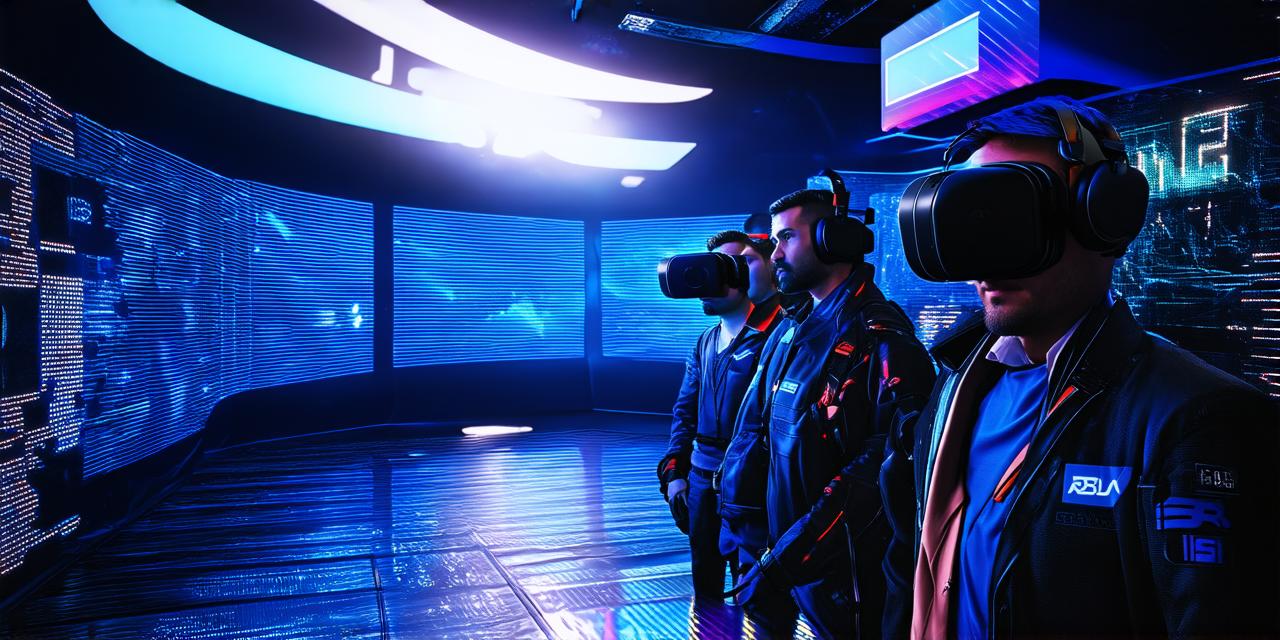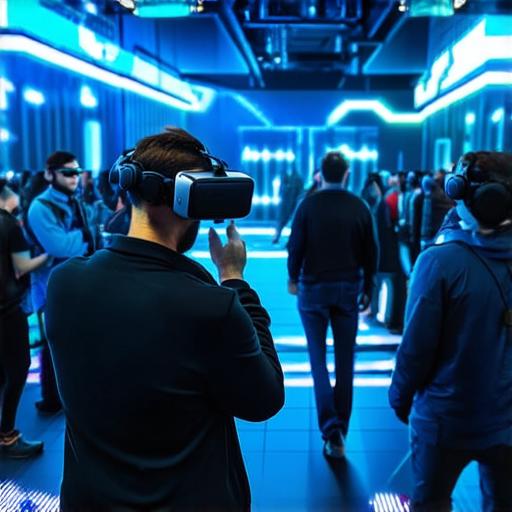
How do you make use of virtual reality?
Understanding Virtual Reality
Virtual reality technology involves simulating a 3D environment in a headset or other device, allowing users to experience the world as if they were physically present. VR devices typically include sensors and controllers that track user movements and translate them into the virtual world. This creates an incredibly immersive experience that can transport users to new and exciting environments.

Tips for VR Development
-
Start with a clear vision: Before you start developing your VR experience, it’s important to have a clear idea of what you want to achieve. This will help guide your design decisions and ensure that your experience is both engaging and immersive.
-
Use realistic environments: While VR technology allows for incredible flexibility in designing environments, it’s still important to use realistic environments that accurately simulate the real world. This will create a more believable and immersive experience for users.
-
Test with a wide range of users: Once you’ve created your VR experience, it’s important to test it with a wide range of users to gather feedback and iterate on your design. This will help ensure that your experience is accessible and engaging for as many people as possible.
-
Keep the user interface simple: While VR technology allows for complex interfaces, it’s important to keep the user interface simple and easy to use. Complex controls can detract from the immersion of the experience and make it more difficult for users to navigate.
-
Incorporate storytelling elements: Virtual reality experiences that incorporate storytelling elements are more engaging and memorable than those that don’t. Consider incorporating narrative elements, such as dialogue or cutscenes, into your VR experience to create a more immersive and engaging story.
-
Use sound design effectively: Sound is an important component of virtual reality experiences, helping to create a sense of presence and immerse users in the environment. Use sound design effectively by incorporating ambient noise, music, and other audio elements that enhance the overall experience.
-
Optimize for performance: Virtual reality experiences can be resource-intensive, so it’s important to optimize your design for performance. This includes minimizing loading times, reducing frame rates, and avoiding complex graphics that could cause motion sickness or other negative effects.
-
Consider accessibility: Finally, consider accessibility when designing your VR experience. This includes ensuring that the experience is accessible to users with disabilities, as well as making sure that it’s easy for all users to navigate and interact with the environment.
Case Studies in Virtual Reality Development
Virtual reality technology has been used in a variety of industries, including gaming, healthcare, education, and more. Here are some examples of how virtual reality is being used:
-
Gaming: Virtual reality offers a unique opportunity for developers to create immersive and interactive games that transport players to new and exciting worlds. For example, the popular game “Beat Saber” uses VR technology to allow players to experience music in a whole new way by slashing through blocks that correspond to the beat of the music.
-
Healthcare: Virtual reality technology is being used in healthcare to simulate surgical procedures, allowing doctors and medical students to practice their skills in a safe and controlled environment. In addition, VR can also be used for physical therapy and rehabilitation, helping patients recover from injuries and illnesses by providing them with immersive and engaging exercises that mimic real-world movements.
-
Education: Virtual reality can also be used in education to provide students with immersive and engaging learning experiences. For example, VR can be used to simulate historical events or scientific experiments, allowing students to experience them firsthand and gain a deeper understanding of the subject matter. In addition, VR can also be used for language learning, providing students with immersive experiences that allow them to practice their speaking and listening skills in a realistic and engaging environment.
-
Virtual Reality for Business
Summary
Virtual reality technology offers developers new opportunities to create immersive and engaging experiences that transport users to new and exciting worlds. By following these tips and tricks for VR development, you can create high-quality VR experiences that captivate and engage users. Whether you’re working in gaming, healthcare, education, or business, virtual reality technology has the potential to revolutionize the way we interact with digital content.


